Posture
Your Next Posture is Your BEST Posture
Movement and changing postures can greatly impact how your feel at work throughout the day. However, we frequently see people sitting slouched or hunched over their desks looking at their computer monitors, or worse yet, their laptop or smart phone screen for long periods of time (i.e. check out any Phil & Sebastian, Analog or Starbucks coffee shop and you will see what we mean). Staying in a static position or just plain sitting OR standing for too long can be hard on our bodies. Sometimes our clients will tell us they get consumed by their work and won't move for many hours. Our muscles get tired and our posture crumbles into the position we frequently find ourselves in. Maybe is hunched over your desk (we call it 'The Turtle'), slouching down your chair and reaching forward (we call this the 'Harley Davidson pose') or leaning to one side when standing. Our bodies need to move and our postural muscle fatigue after 20 minutes oft' trying to hold a 'good' posture. Knowing how to adjust your posture throughout the day, developing good work habits, as well as having an environment that promotes good posture is the key.
Technology
We are connected. No matter how we look at it, technology has and will shape the way we live our lives, but how has it affected the way we move through life? The way we connect with our bodies? Have you ever experienced "Text Neck' or "iPhone/Blackberry Thumb"?We are changing our work habits and postures based on the technologies that are present and evolving in the workplace.There has even been a large scale study that observed how we sit and interact with our environment when using mobile or touch input type devices (e.g. tablets, smart phones and laptops). We need to create different ergonomic solutions to support interaction with technology and our work postures, which have become more complex and more important than ever before.
“One goal of modern ergonomics is to promote posture variability, as we now know being constrained to one posture, even if comfortable, can be detrimental to the health of certain structures in the body”
Lighting
Seeing is Believing
Once you have the chance to work in a space that has adjustable, quality lighting; it can really make you see things differently. Like the value of good light. Our office spaces tend to be chronically over lit with florescent light and this can impact individuals negatively. Some people experience sore or red eyes, while others report the extreme of debilitating migraines. The conundrum is that as we age, we also need more light (3x more light needed at age 60, than when we were 20). But where should this light be, what type is best and where should it be directed? All these factors come into play when looking at a workspace. Proper lighting solutions can help us improve our productivity and comfort when at work. Let us shed some light on your space.







